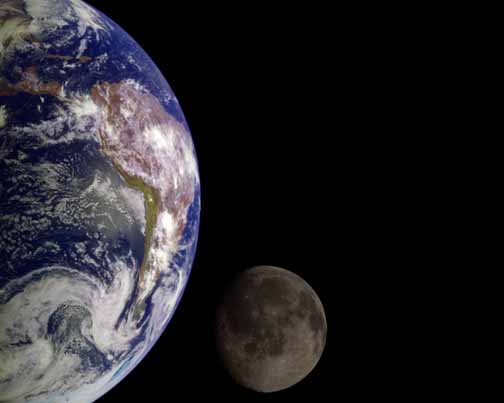

The principle of Rayleigh Scattering explains the red or orange sunsets. As the sun moves lower in the sky, its light has to travel through "more" of the atmosphere since the sun is at a much lower angle. In fact at the horizons on a level plane, the atmosphere is about 40 times more thick than it is directly overhead. Particles and molecules in the atmosphere will scatter out the shorter wavelengths (blue in the color spectrum) more easily than longer ones (red). Thus, we are left with the reddish portion of the light spectrum to see.
|
Season Starting Dates and Times
|
||
|
2013
|
||
|
Spring
|
Mar 20
|
6:02 AM CDT
|
|
Summer
|
Jun 21
|
12:04 AM CDT
|
|
Autumn
|
Sep 22
|
3:44 PM CDT
|
|
Winter
|
Dec 21
|
11:11 AM CST
|
|
2014
|
||
|
Spring
|
Mar 20
|
11:57 AM CDT
|
|
Summer
|
Jun 21
|
5:51 AM CDT
|
|
Autumn
|
Sep 22
|
9:29 PM CDT
|
|
Winter
|
Dec 21
|
5:03 PM CST
|
|
2013 Major Meteor Showers
|
|||
|
Shower
|
Peak Time
|
ZHr*
|
Interference in northern plains
|
|
Quadrantids
|
Pre-dawn hours Jan 3
|
50-100
|
Waning gibbous Moon gives major interference
|
|
Lyrids |
Pre-dawn hours Apr 22 |
15-20 |
Waxing gibbous Moon gives major interference until moonset |
|
Eta Aquarids |
Pre-dawn hours May 5 |
10-20 |
Near new Moon, no interference. This shower favors the southern hemisphere and tropical northern hemisphere, but is viewable in the northern plains. |
|
Delta Aquarids
|
Pre-dawn hours July 28-Aug 2
|
15-20
|
Broad peaked shower. Waning Gibbous moon will give some interference. Early August may be better then late July due to less Moon interference. Also favors southern hemisphere and tropical northern hemisphere.
|
|
Perseids
|
Aug 10–13
|
50-100
|
Waxing crescent Moon. No interference after midnight each night
|
|
Orionids
|
Pre dawn hours Oct 21
|
25
|
Major interference from waning gibbous Moon
|
|
South Taurids |
Late evening Nov 4 to dawn Nov 5 |
5-10 |
Near new Moon, no interference |
|
North Taurids |
Late evening Nov 11 to dawn Nov 12 |
5-10 |
Waxing gibbous Moon provides major interference until the pre dawn hours after moonset |
|
Leonids
|
Pre-dawn hours Nov 17
|
15
|
Full Moon, major interference
|
|
Geminids
|
Late evening Dec 13 to dawn Dec 14
|
50-100
|
Waxing gibbous Moon provides major interference until the pre dawn hours of Dec 14 after moonset
|
*ZHr is the maximum numbers of meteors expected per hour at Zenith (straight up in sky) and under a very dark sky.
